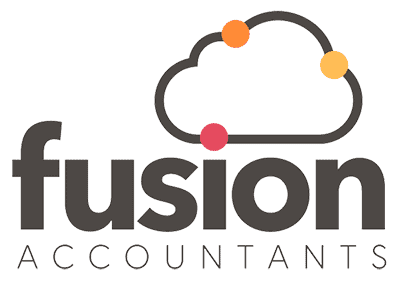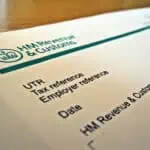Guide To Renting A Room
Reading Time:
What Is Rent A Room Relief?
The rent a room scheme allows the rental income of up to £7,500 (for 2020/21, see table below for relief in other years) to be treated as tax-free income. The limit is reduced to half if for example someone else also receives income from letting accommodation in the same property, such as a joint owner. The limit is unchanged whether you rent for the full year or not.
Note:
If rent a room relief is applied then no expenses relating to the property being let can be claimed against income received.
What If My Income Exceeds Tax Free Rent A Room Relief?
Where rental income will exceed the tax-free threshold available under rent a room relief then you may choose to be taxed under two options.
Option 1
Pay tax on income above the relief under rent a room. For example if you income is £10,000 then for 2020/21 tax year, you pay tax on £2,500 (being rental income of £10,000 less £7,500 rent a room relief).
Option 2
Ignore claiming for rent a room relief and pay tax on Net rental income. This is calculated by taking the total rental income received less total expenses incurred. As you can see, depending on the number of expenses, it may be more favourable to choose one option over the other.
In addition one of the advantages of choosing option 2 may be that if the net income during the year is in a loss then this can be carried forward and offset against future years’ income and therefore reducing future tax liability.

Who Can’t Use The Scheme?
You cannot use the scheme if the accommodation is:
- Unfurnished
- Not within your main home
- Used for purposes other than residential letting, e.g. for business purpose
Tax Planning
The above is a summary of the basic rules that apply for Rent a Room relief, in reality, there may be much more complicated situations and it is important that you seek a professional qualified tax advisor to plan and minimise your self-assessment tax liability.






